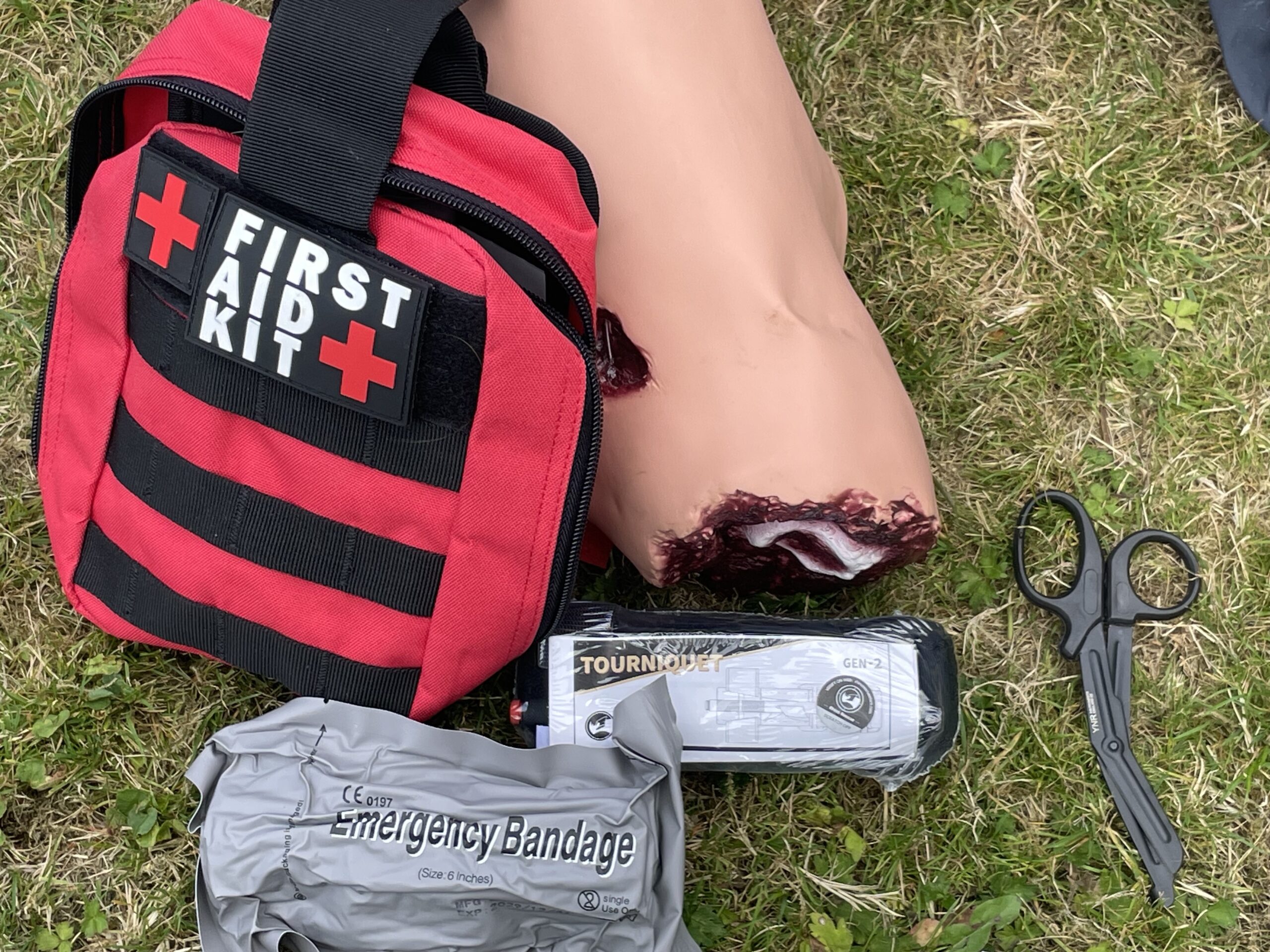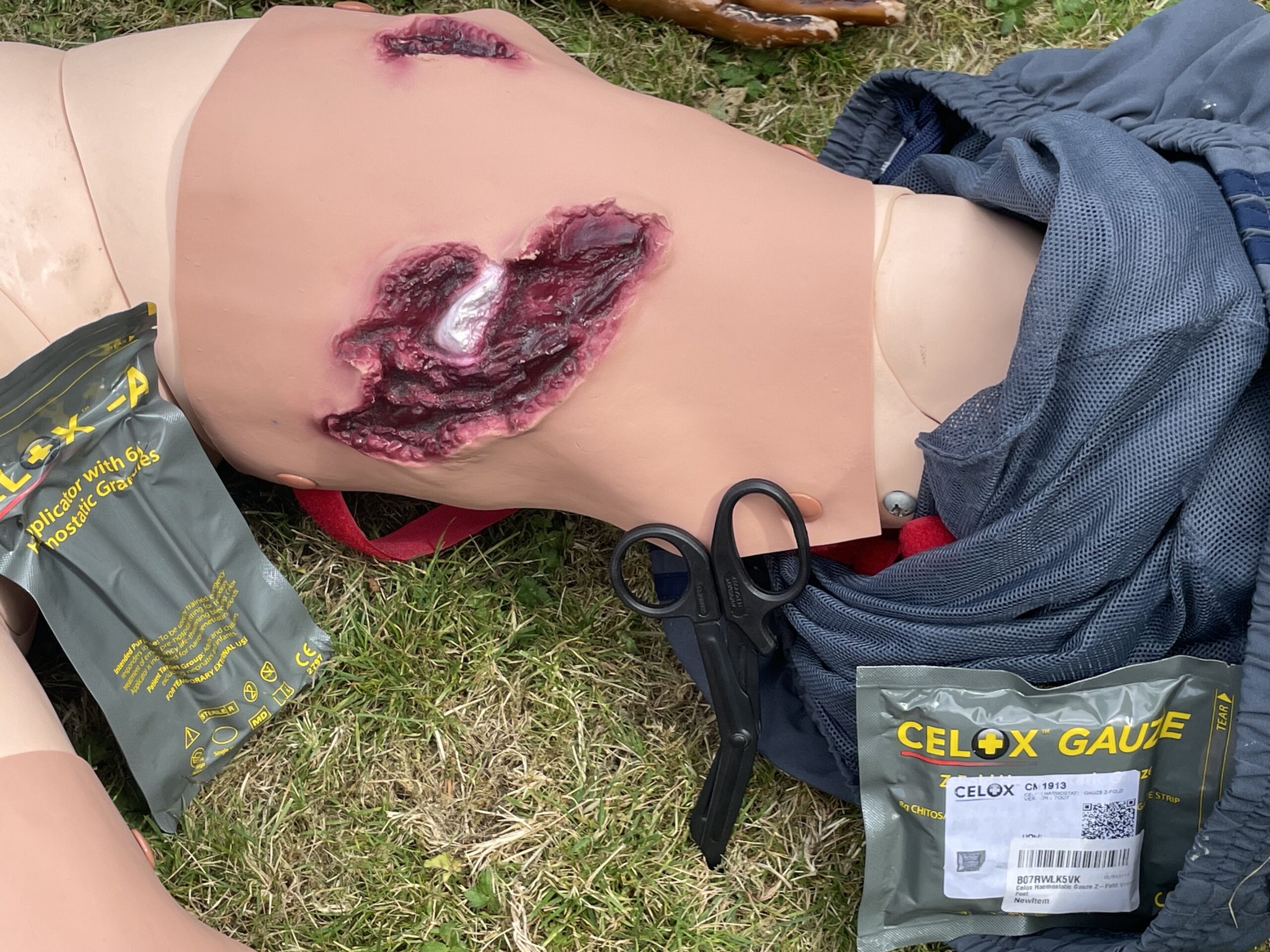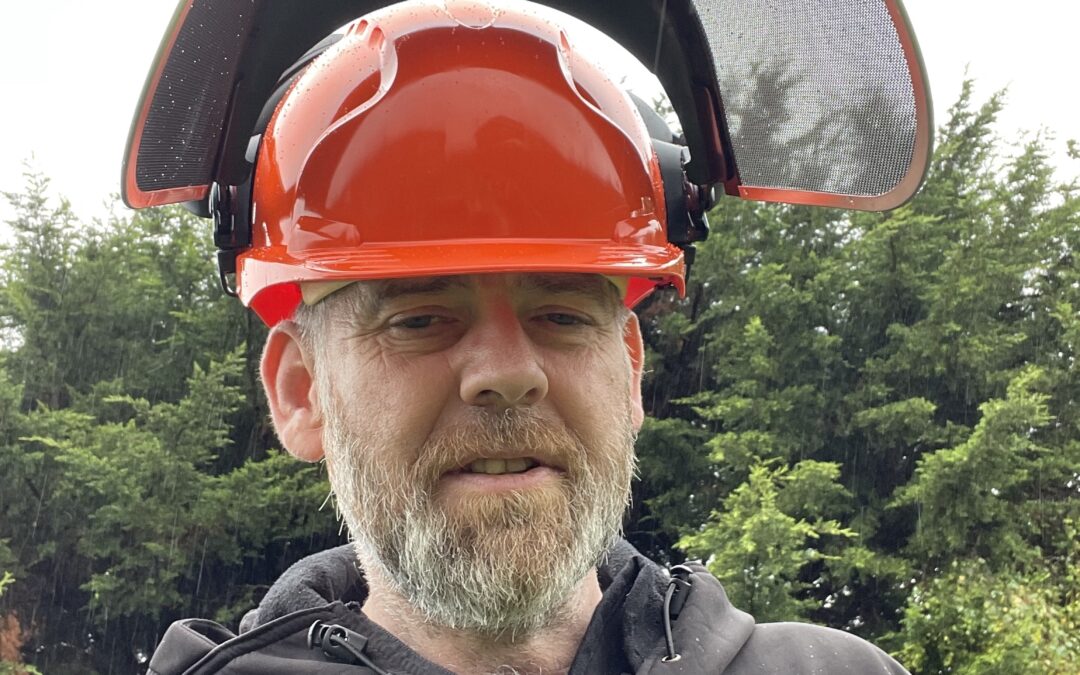Forestry First Aid (+F)
The Forestry First Aid (+)F course details are:
- 2-3 hour long course
- Minimum age 16
- Maximum delegates is 12
- On site training clarification at work or home
- Competency certificates issued
What is Forest First Aid (+F)?
Forest First Aid (+F) is a. course designed to aid in the management of time critical injuries. If you work with chainsaws and/or in remote locations this course aids you. Basically this is a bolt on to the Emergency First Aid at Work (EFAW) or the First Aid at Work (FAW) courses. The course is delivered over 7 modules along with FAQ’s, an additional module in suspension trauma can be added if needed.
- Module 1 – Introduction
- Module 2 – Emergency planning & remote medical assistance
- Module 3 – Catastrophic bleeding control
- Module 4 – Crush injuries
- Module 5 – Effects of extreme cold
- Module 6 – Lyme disease
- Module 7 – Written assessment & course closure
- Module 8 – Suspension trauma (additional module)
- FAQ’s
Module 1 – Introduction
The Forestry First Aid (+F) course has a validity of three years, to requalify the course must be taken again in entirety. Like all first aid courses, the Health & Safety Executive (HSE) recommends annual refresher training. Because skill fade is always a key player in any practical skill. The Forest First Aid (+) course is divided into two elements, these are practical and written assessments. Equally the Department of Agriculture, Environment & Rural affairs has guidance.
Module 2 – Emergency planning & remote medical assistance
Emergency planning & remote medical assistance is critical in casualty care. Plans should be thorough along with rehearsals after all.
Basic stuff done well, will save lives.
Module 3 – Catastrophic bleeding control
Catastrophic bleeding control is essential. Traditionally however the primary survey sequence follows a different sequence:
- Danger – Ensure equipment secured and safety protocols are followed as per manufacturer’s instructions/user guides.
- Response – Can the casualty communicate with you? All things considered.
- Catastrophic bleed – Identify by colour & pace at first.
- Airway – Establish clear afterwards.
- Breathing – Check for 10 seconds concurrently.
- Circulation – Check for other wounds or commence CPR at this point.
Module 4 – Crush injuries
Crush injuries can effect blood flow from the heart to the body. Equally however the return of blood flow to heart becomes impaired. Toxins start to build & will be deadly at this point.
Crush syndrome – Part of the body has become trapped.
Module 5 – Effects of extreme cold
Effects of extreme cold on the human body are devastating by all means. Hypothermia is a preventable cause of cardiac arrest. Hypothermia has a massive contribution the casualties chance of survival in the Forestry First Aid (+F) course. If the casualty is kept warm at this point prevention is better than cure.
Module 6 – Lyme disease
Lyme disease is caused by an insect called ticks. The feed on animal and human blood. For that reason they carry lots of bacteria. Easily missed they will feed from the circulatory system.
They screw & bury in, to remove unscrew them.
Module 7 – Written assessment & course closure
A 10 question paper of mixed MCQ and written answers. Equally time is allowed for further questions with the instructor & additional points.
Module 8 – Suspension trauma (additional module)
Suspension trauma can occur once a person is suspended upright in a harness or sling occasionally. If movement has not happened over a period of time. Signs & Symptoms can vary in individuals. If in doubt however always seek further medical advice for that reason treat if suspected.
If in doubt, call it out.
FAQ’s
An industrial belt with velcro & a tightening bar to compress arteries against soft tissue & bone.
This can be a dressing or loose powder designed to penetrate a deep wound where tourniquets are not suited.

” You can’t change what happens, you can change what you do about it”
danny mccann – mccann training solutions
